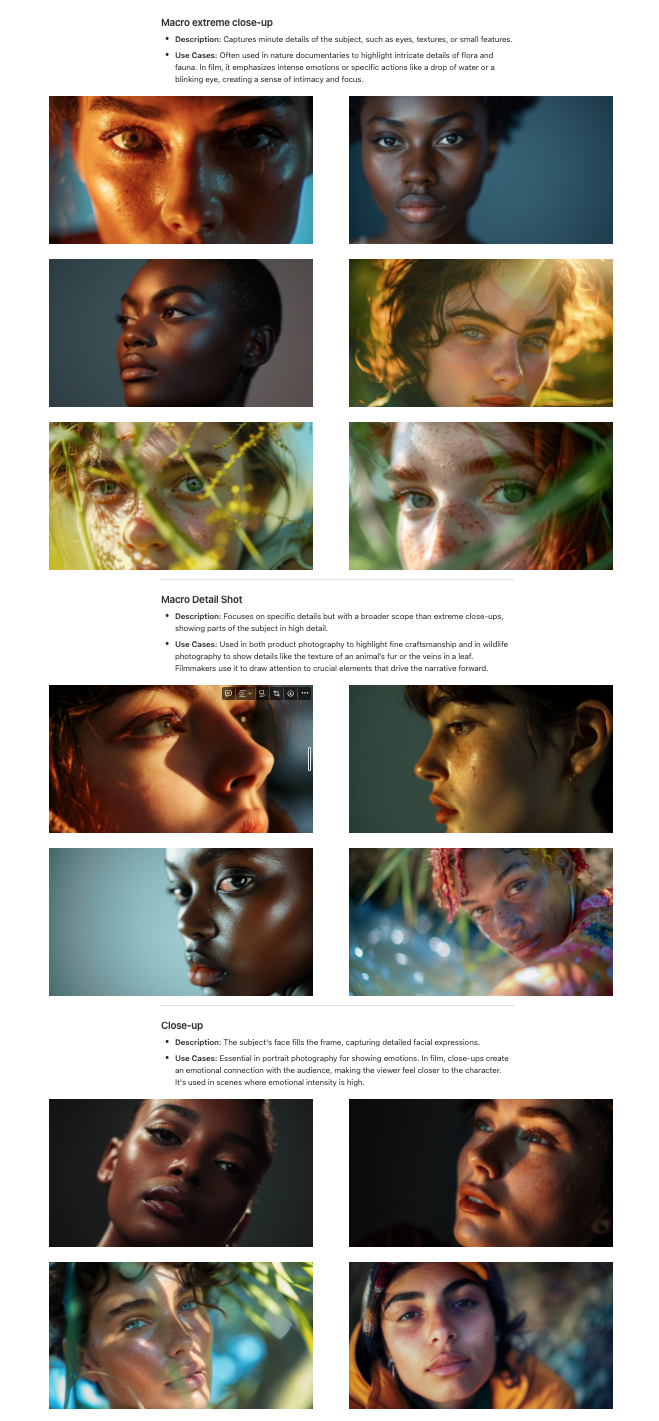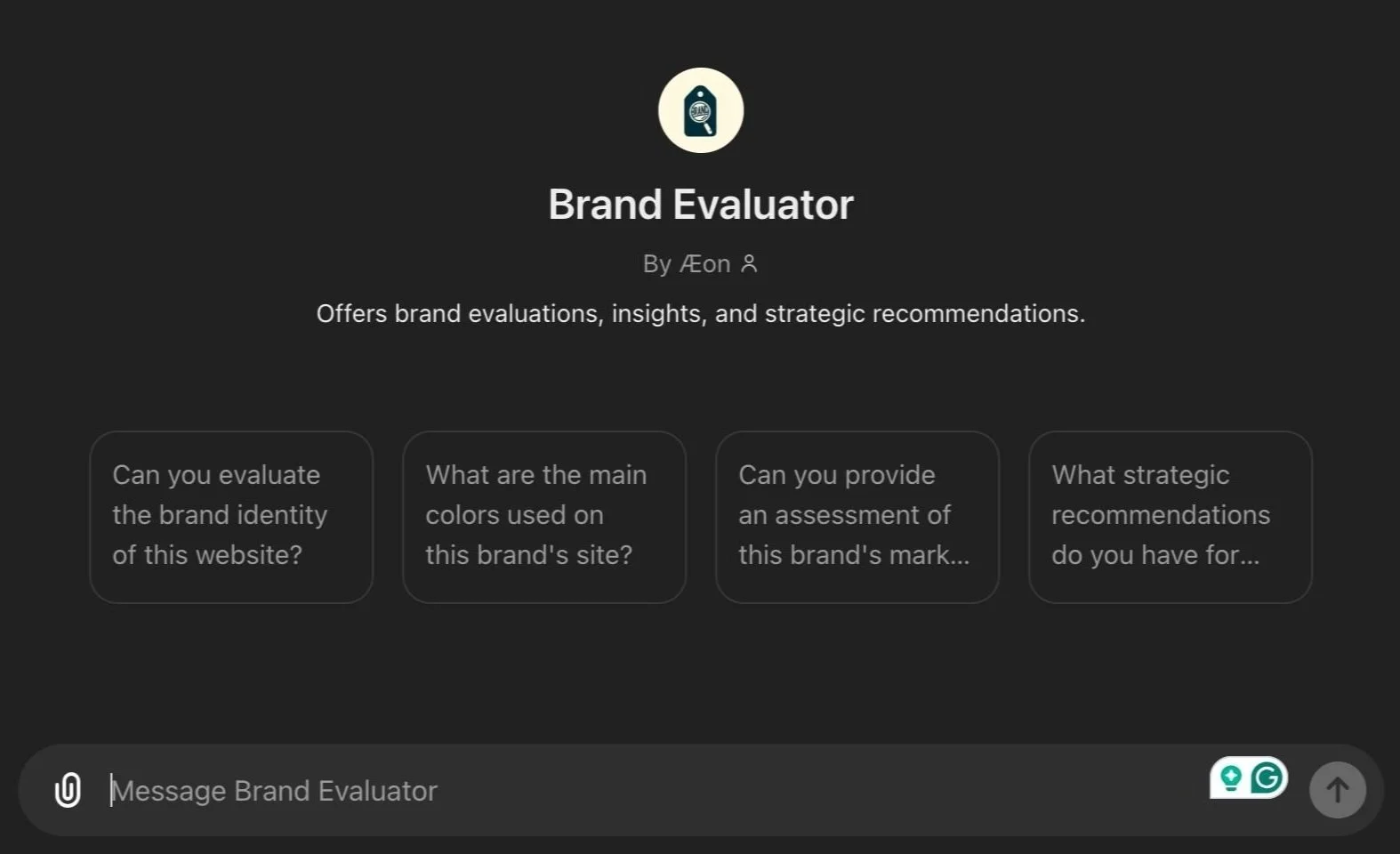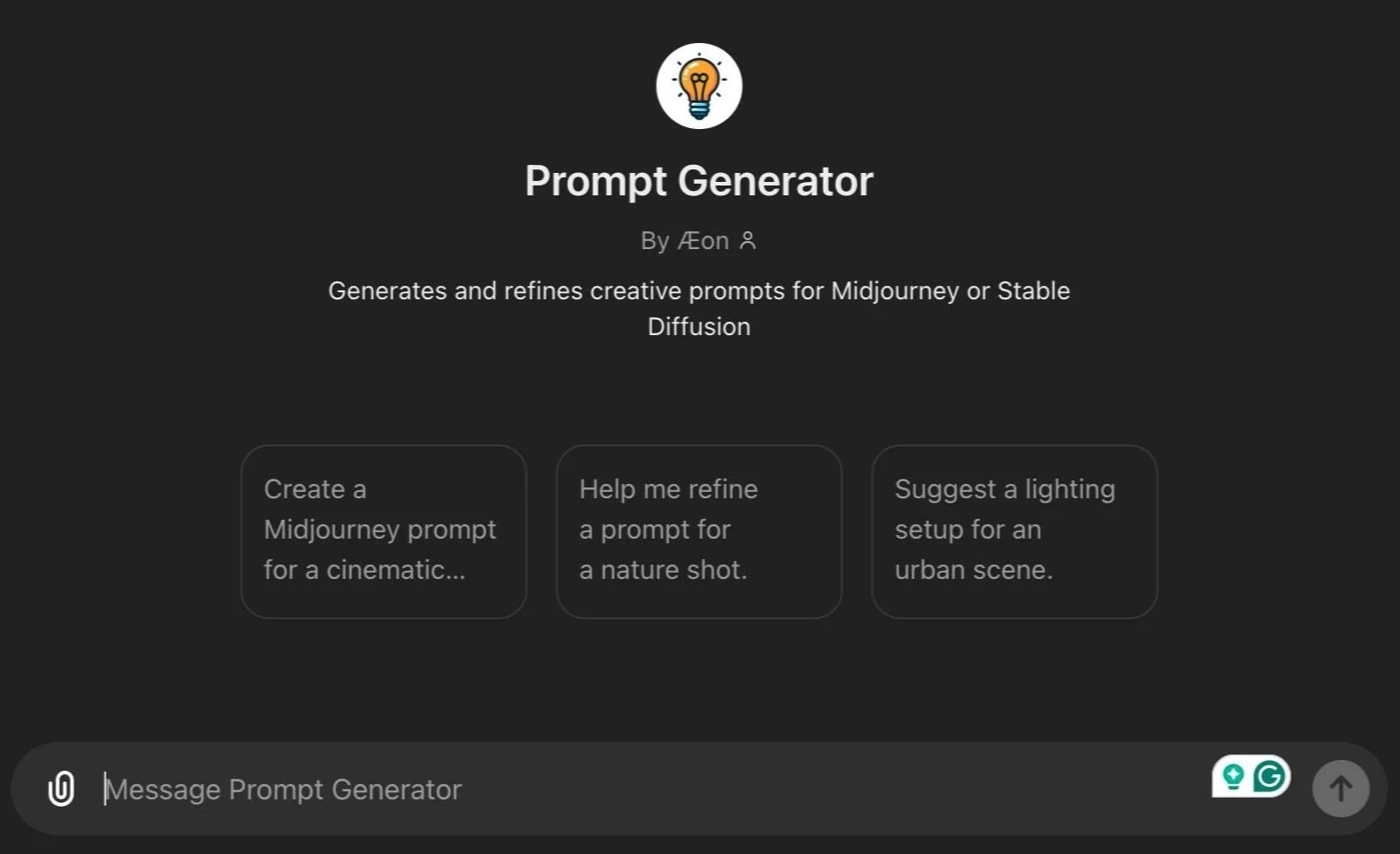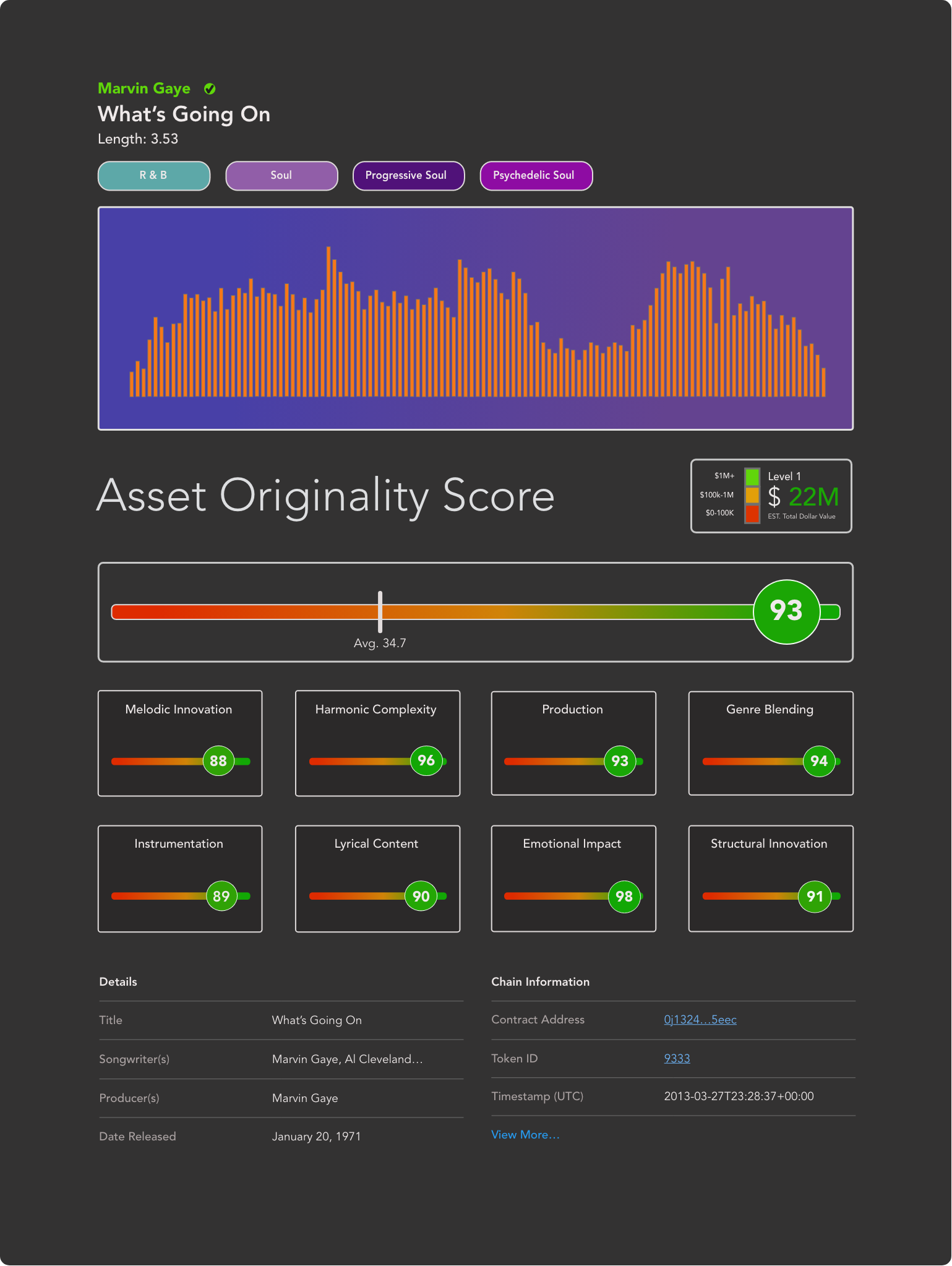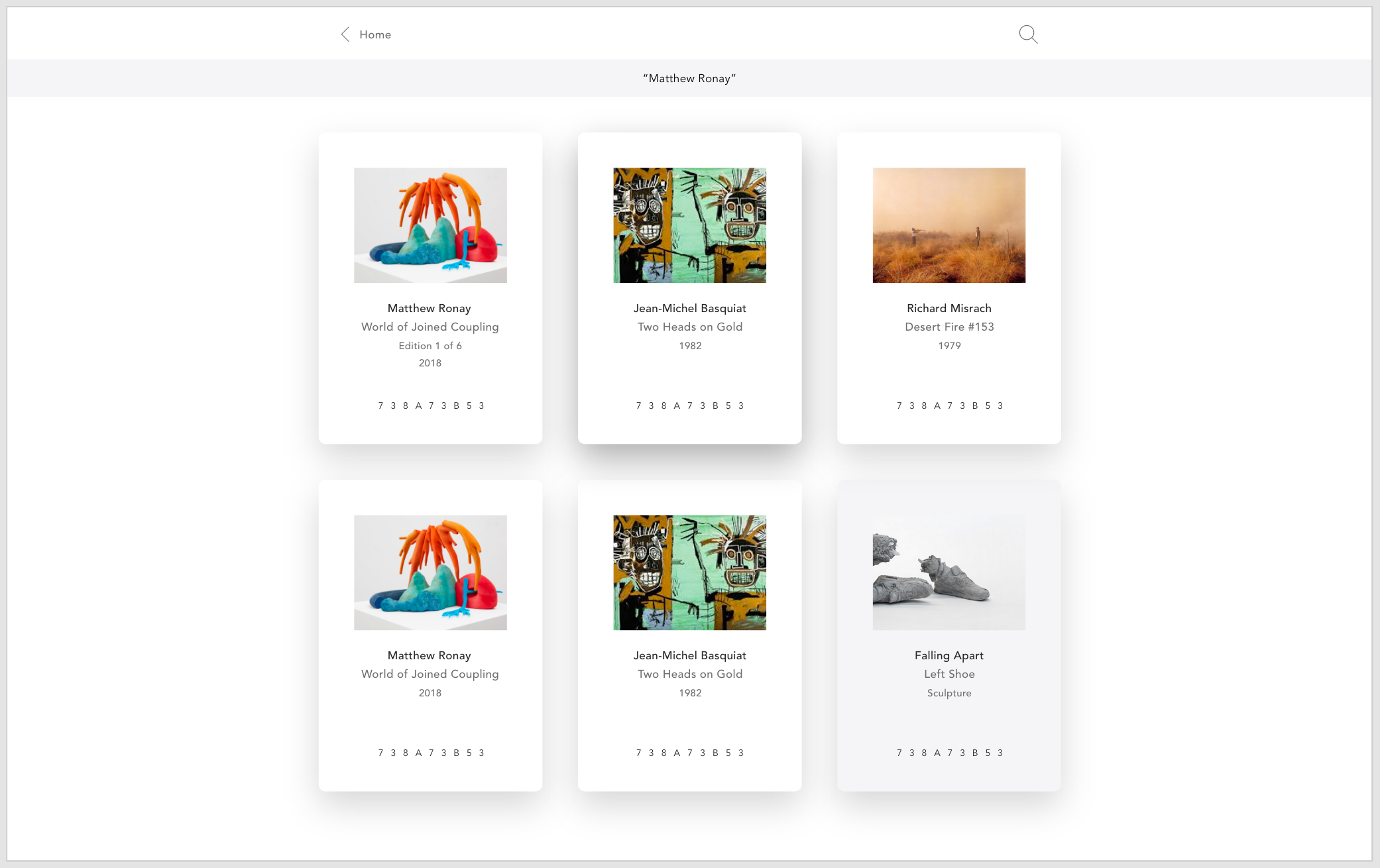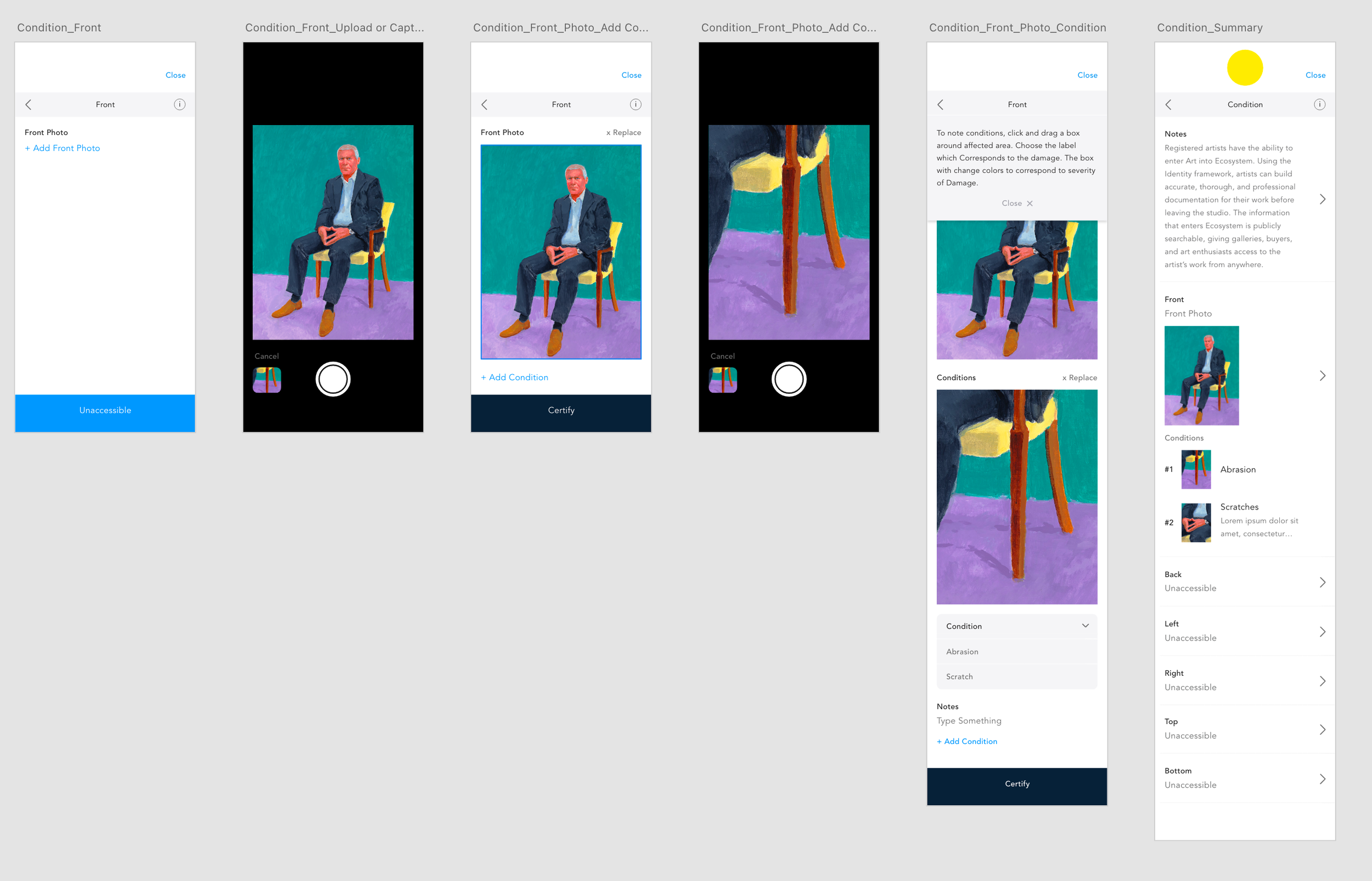About Brennan
I am dedicated to advancing the intersection of technology and art.
By blending technological expertise with artistic vision, my goal is to support a diverse community of professionals and push the boundaries of creativity.
B.F.A. - Studio Art
Software Engineering Bootcamp
Certificates in VR/AR and No Code AI
Portfolio:
Note: Due to the confidential nature of much of my work, portfolio examples are limited.
Meta
Role: Technical Artist - AI / Content Evaluation Lead
Content creation focused on character-consistent outputs, prompt permutations, prompt expansion, and starter prompts
Model and workflow evaluation for character consistency and visual quality, including analysis of likeness, style, hallucinations and artifacts
Node-based workflow design with chain prompting for multimodal content systems
Vica AI - Commercials & Advertising
Role: Prompt Engineer - Visual Art / Content Creation
Created Prompt Library: Viewable Here
Created using Generated Prompt Permutations with Style Variations.
Automated Visual Content-Creation Systems for Generative AI
• Built Custom Brand Evaluator GPT & Prompt Generator GPT
CreateBase AI
Role: Gen AI - Designer
*** Note: Due to confidentiality, I can only share details about the initial product prototypes from this company.
Technologies: chatGPT, DALL-E, Adobe Photoshop, Adobe XD, Adobe Illustrator
Logo Design Process:
Audio Feature Extraction Analysis Prototype Design | Digital Fingerprint with Heatmap:
Jordan Wolfson Studio (Contemporary Artist)
Role: Creative Technologist / Content Creator / Robotics Animator
Technologies:
Python, JSON, OpenGL, Overdrive Motion Control, Task Sequencing Engine, Motion-Capture (Motive), Machine Vision 3D cameras, Linux, Linux CLI, Git, XML, RPM, Adobe Suite.
Preview: 5-Minute Glimpse into the 30-Minute Performance
Interactive System Development & Testing
Clip from Informational Video
Ecosystem
Role: Product Designer / Product Developer / Software Engineer
Technologies Used: Figma, Adobe XD, Adobe Photoshop, Notion, React, HTML, CSS, JavaScript
Web
Mobile
LG - Frieze New York
Role: UI Designer / Web Developer / Designer
Didactics web-app (React, HTML, CSS, JavaScript, Heroku)
App Designs
VOiiiD.com
Role: Creator (Personal Project)
Interactive Web-Animations (React, Javascript, HTML, CSS, P5.js (Processing for web), webGL, GitHub)
If the animation screen background appears black, open VOiiiD.com directly.
Hover your cursor below to interact with the animation.
Select another shape for more Animations.







